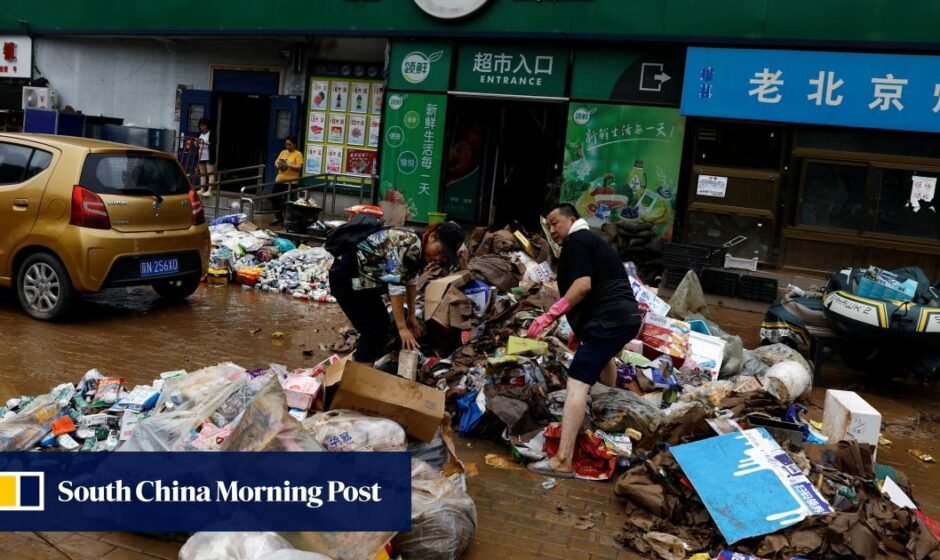China’s Catastrophe Bond Market Expected to Grow Amid Climate Change Risks
Insurance experts predict that China could experience significant growth in the catastrophe bond market as policymakers seek more financial tools to manage the risks associated with natural disasters. With the increasing frequency and severity of floods and typhoons due to climate change, there is a growing need for effective risk-sharing mechanisms in the country.
Catastrophe bonds, also known as cat bonds, are a type of insurance-linked securities (ILS) that insurers and reinsurers sell to transfer the risks associated with natural disasters. In 2023, the global issuance of cat bonds reached a record high of US$15 billion, indicating strong investor interest and a rising demand for risk transfer from significant natural catastrophes, according to Swiss Re.
While Hong Kong has emerged as an important hub for cat bonds in recent years, China is also showing increasing interest in this financial tool. Chinese firms are exploring the potential of cat bonds to develop a multilayer risk-transfer mechanism that combines traditional insurance products, government subsidies, and cat bonds. This approach aims to enhance the country’s capacity in post-disaster risk financing for disaster relief and reconstruction.
“There are promising developments on cat bonds that have already started [in China],” said Tonat Belhassen, head of non-life at Munich Re’s Beijing branch. He highlighted the attractiveness of Hong Kong as a hub for cat bond issuances but emphasized that Chinese firms are also keen on utilizing this financial tool.
The Chinese government is actively promoting Shanghai’s Lingang free-trade zone as the country’s reinsurance hub. Last June, an international board for reinsurance trading was launched in Lingang, with a focus on improving capital replenishment mechanisms for dispersing catastrophe risks and special risks. This initiative further supports the growth of the cat bond market in China.
China is highly vulnerable to natural disasters such as floods and typhoons, making it essential to introduce more market tools to ease the financial pressure on insurers, reinsurers, and the government. Yu Xiaodong, CEO of Taiping Reinsurance, emphasized the significant losses borne by insurance and reinsurance companies after catastrophic events. He believes that in addition to traditional reinsurance arrangements, greater access to capital markets, including cat bonds, may be needed in the future.
Cat bonds not only increase insurers’ and reinsurers’ capacity but also improve their risk tolerance. Lu Qin, CEO of Aon Greater China, highlighted the potential for cat bonds to make insurance more accessible to the general public.
According to United Nations data, the Asia-Pacific region experiences an average of six natural disasters per year, twice as many as developing countries in Latin America and the Caribbean. This underscores the importance of effective risk management tools like cat bonds in the region.
In 2023, Typhoon Doksuri caused severe flooding across China, resulting in economic losses of US$25 billion. Munich Re reports that only about 5 percent of disaster-related economic losses in China were insured that year, well below the global average of 38 percent. Therefore, increasing insurance adoption remains a pressing issue in China.
While the growth of the cat bond market in China is promising, Munich Re’s Belhassen emphasizes that there is still significant untapped potential in traditional insurance capacities. Primary insurance companies and reinsurance firms can play a more significant role in closing the coverage gap through traditional insurance products.
To address the risks posed by climate change and natural disasters, China needs to continue its efforts to develop a comprehensive risk management framework that combines traditional insurance, government support, and innovative financial tools like cat bonds. By doing so, the country can enhance its resilience and provide better protection for its citizens and businesses in the face of increasing natural catastrophe risks.




